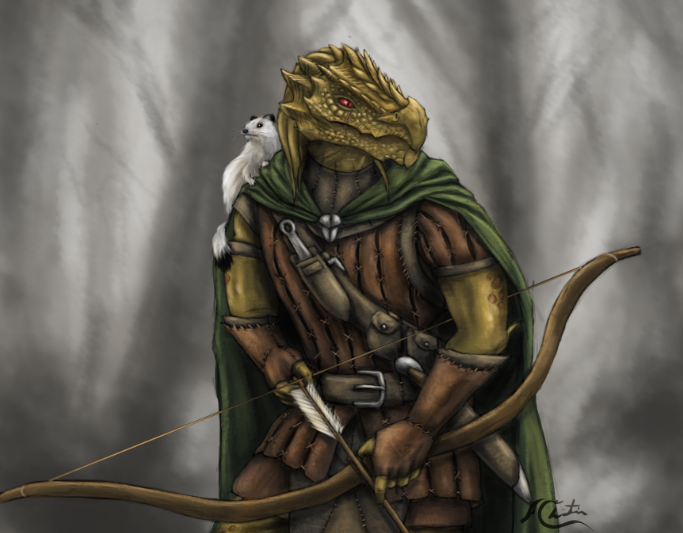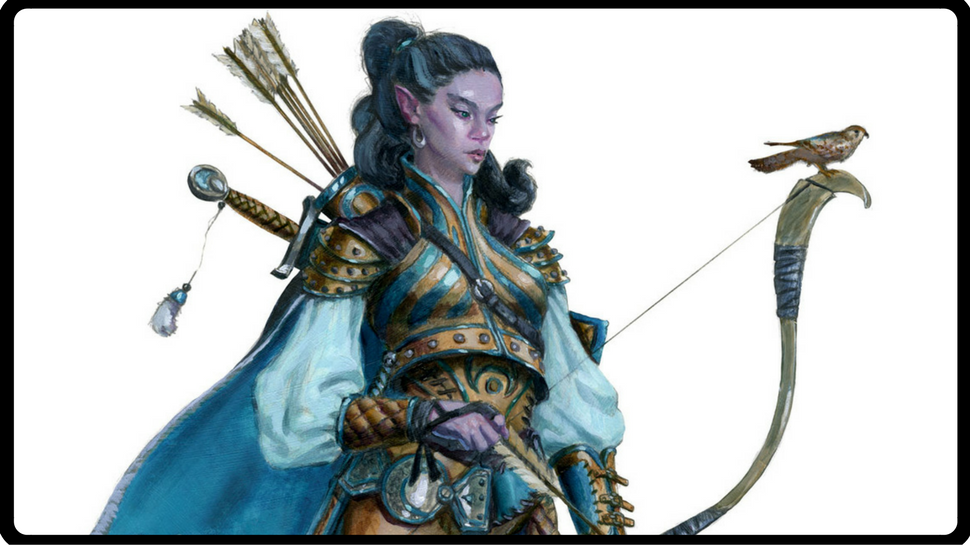Rangers in Dungeons and Dragons began with an article in The Strategic Review Volume 1, Number 2. The ranger was based upon Tolkien’s Aragorn from the Lord of the Rings. Rangers have been in every edition of Dungeons and Dragons since that time with the single exception of Basic Dungeons and Dragons. A later article in the Dragon offered variant rules for adding the Ranger class to Basic as well.
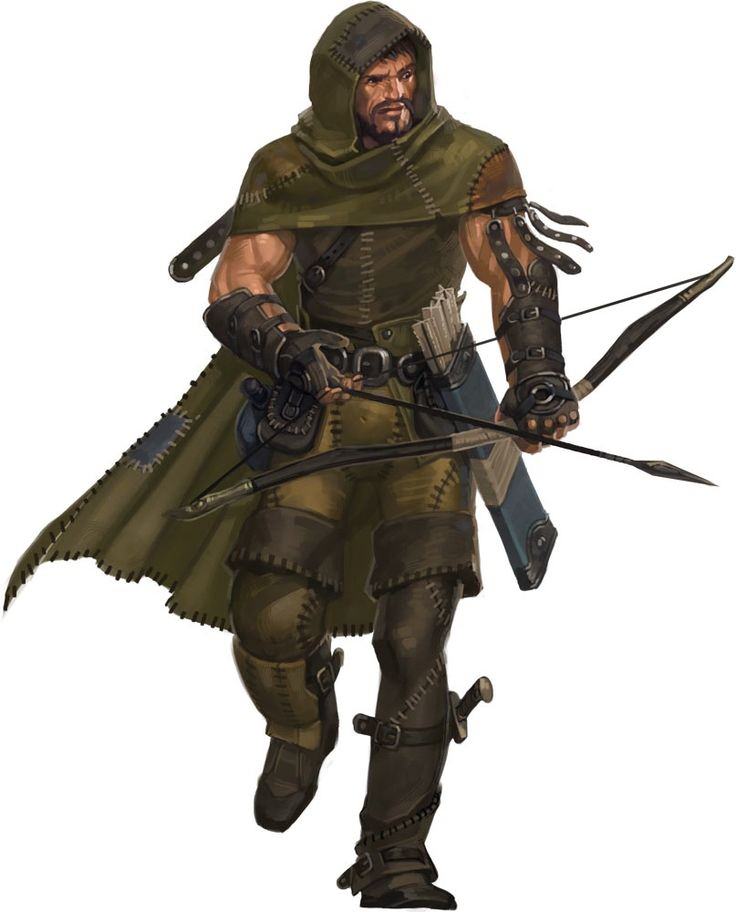
Rangers in Dungeons and Dragons First Edition
In Advanced Dungeons and Dragons 1st edition the ranger was offered as a sub-class of the fighter. First edition offered three fighter classes including the fighter, the paladin and the ranger. The ranger began life with more hit dice than the other two fighter classes (two) but only earned an eight sided dice for hit points as opposed to the ten sided dice for the other two classes. The ranger also could ultimately attain 11 hit dice at the highest levels as opposed to the 9 hit die maximum of the fighter and paladin.
A ranger in dungeons and dragons first edition was a sneaky opponent. The ranger could surprise an opponent on a 1-3 out of 6. But they themselves were hard to surprise (only on a 1 out of 6).
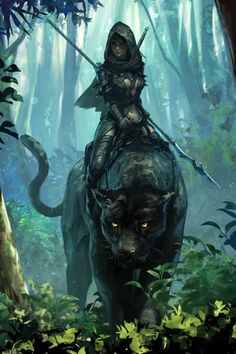
In 1st edition the ranger was the bane of “giant classed creatures.” The ranger considered these creatures their natural enemy. As a result when fighting against these types of creatures the ranger scored an additional point of damage per level of the ranger. A giant class creature included the following types of humanoids:
- Bugbears
- Kobolds
- Orcs
- Ogres
- Ogre magi
- Gnolls
- Giants (all types)
- Goblins
- Hobgoblins
- Trolls
- Ettins
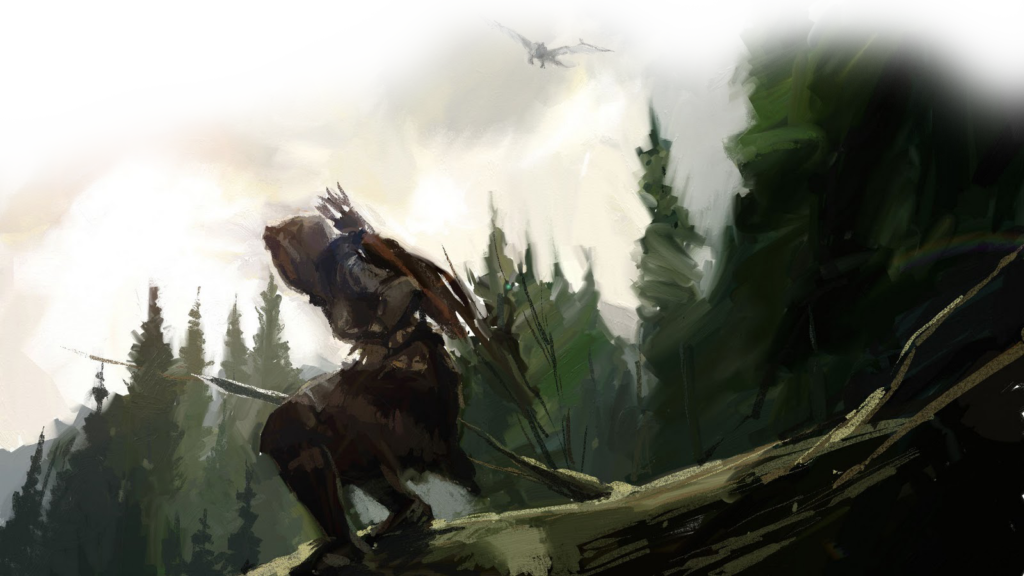
That is a pretty impressive list when you think about it. Particularly at low levels when Orcs and other low level humanoids would likely be frequent opponents.
The 1st edition ranger was a woodsman and tracker. Even indoors the ranger had a chance to track and hunt down an enemy. But outdoors the probabilities were much higher.
At higher levels the 1st edition ranger acquired spell casting abilities. At 8th level druidic spell ability began. At 9th level magic user spell ability began. The ranger could use any weapons and any armor.
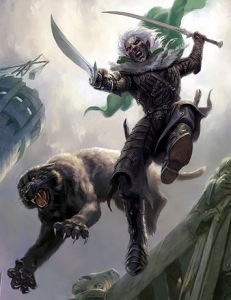
The 1st edition ranger did have some restrictions. Those restrictions included:
- The ranger was required to be of good alignment. That alignment could be chaotic, neutral or lawful. Losing this good alignment resulted in losing all ranger benefits and the character would from this point merely be a fighter (continuing with only 8 sided dice for hit points).
- The ranger could have no hirelings (until 8th or higher level)
- Only three rangers could ever work together in the same group
- A ranger could only own goods and treasure that they could carry with them. All excess had to be donated to a worthy cause, church or institution (not another player)
- A ranger could only be human or half elf. A half elf could only advance as high as 8th level.
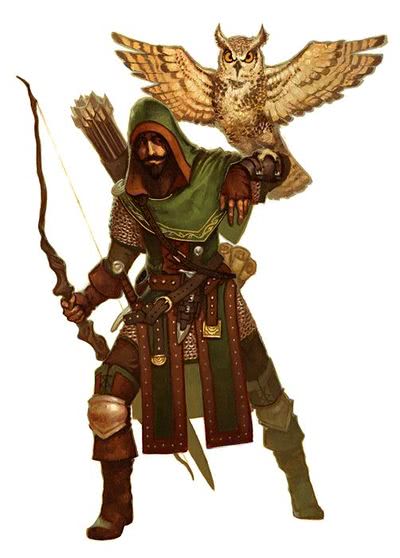
The Ranger in Dungeons and Dragons 2nd Edition
Second edition changed the class substantially. No longer did the ranger have smaller hit dice than the fighter or paladin. Rangers gained thief like abilities and the ability to wield two weapons. But these additions came at a cost. That cost was the ability to wear heavy armor. The ranger could still wear heavy armor but lost these new abilities if they chose to.
The ranger was still a tracker. The mechanics of tracking, however, changed to an ability check instead of percentile checks. The ranger also gained the ability to calm frightened or hostile animals.
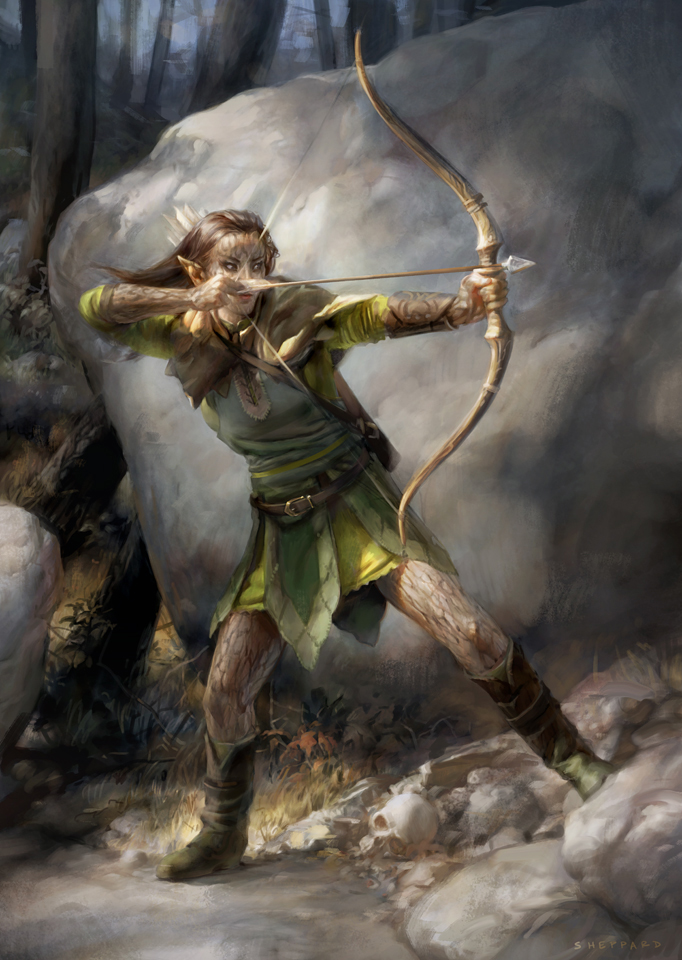
The second edition ranger was no longer the bane of all “giant classed creatures.” Instead the ranger focused on a specific type of creature and it no longer needed to be one from that list.
Spell casting was limited in 2nd edition to priest spells from the plant and animal spheres. But the higher level rangers had the ability to recruit woodland creatures, including treants, as followers.

Rangers in Dungeons and Dragons 3rd Edition
Third edition changed the ranger class even further. The ranger now had a “favored enemy” instead of the “giant class” and gained further “favored enemies” as they progressed in level. In 3rd edition the ranger still could cast spells but acquired them earlier. The ranger now had it’s own specific spell list to draw upon. The ranger now no longer needed to be good in alignment. Evil rangers were possible in this edition. Instead of gaining followers the ranger in 3rd edition gained a single animal companion.
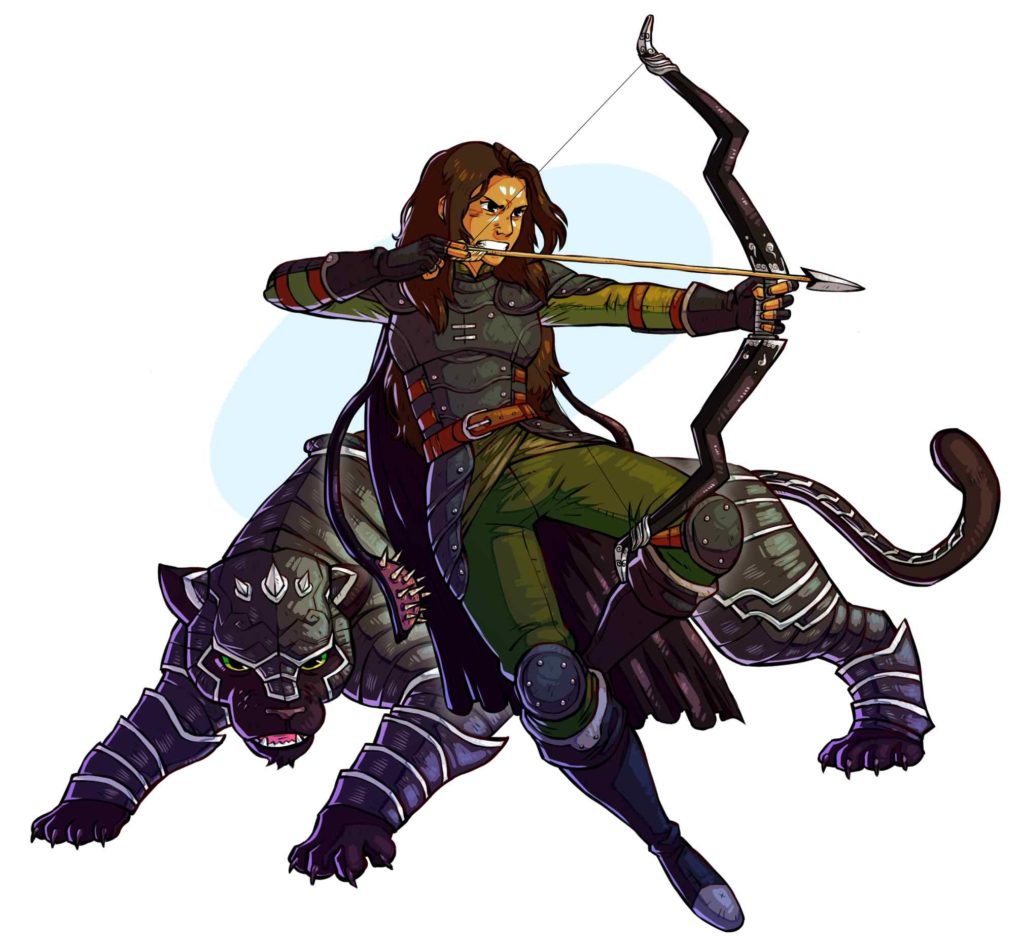
Rangers in Dungeons and Dragons 4th Edition
In fourth edition the ranger could become an archery specialist or a two handed fighter. The ranger in fourth edition was more of a hit and run fighter than a melee brawler. The special abilities of the 4th edition ranger supported this kind of combat role.
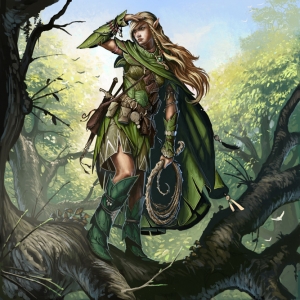
Rangers in Dungeons and Dragons 5th Edition
Rangers are one of the core classes offered for 5th edition. At early levels the ranger character makes a choice between being a hunter or a beast master. The beast master gains an animal companion to control. A hunter gains combat abilities. The ranger in 5th edition is much more of a spell casting class than in prior editions. The ranger gains these spell casting abilities earlier and more often than in other editions.
Unlike first edition the 5th edition ranger could be any race or any alignment. The ranger in 5th edition has it’s own spell list. And the fifth edition ranger was not restricted from working with other rangers. In fact the 5th edition PHB suggests that secret communities of rangers work together to protect the outskirts of civilization from the ravages of humanoid hordes.
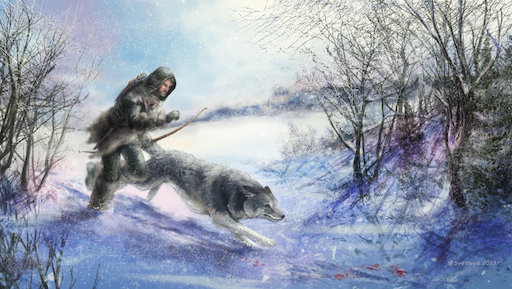
The 5th edition ranger is an independent sort that lives for adventuring. The need no comfortable beds. They do not like the big city. They are likely to be found as members of a druid circle.
Like the 3rd edition ranger this version has a “favored enemy.” They gain new ones at 6th and 14th level. This knowledge of an enemy gives them advantage on tracking them and knowledge about their abilities and ways. They also gain the ability to learn the languages of these enemies.
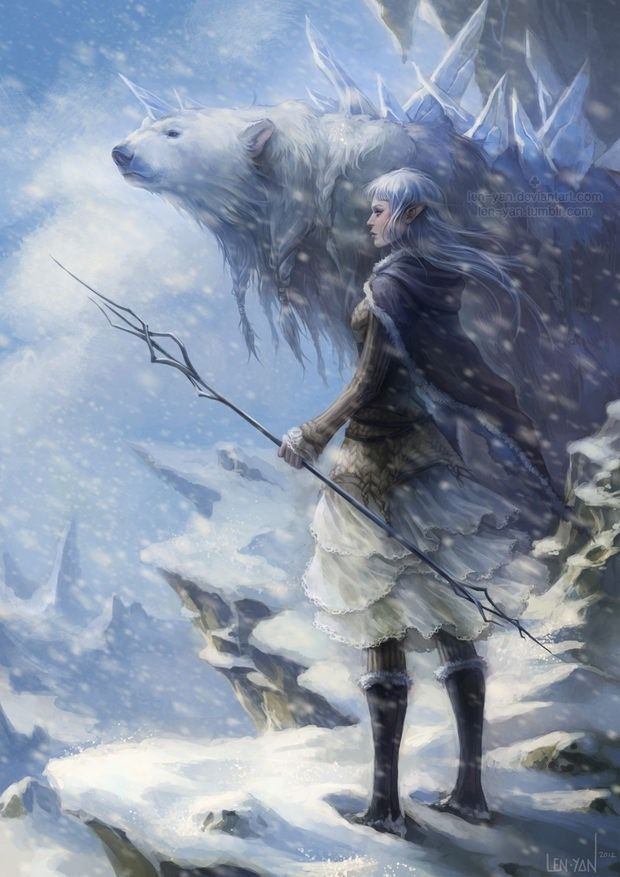
The 5th edition ranger also has a “favored terrain.” This gives the ranger more ability in these areas to track, find direction, move quickly, move stealthily, scout enemies in this type of terrain.
At early levels the ranger must make a choice about what kind of fighter he or she will become:
- Two handed fighter
- Archer
- Defensive fighter
- Duelist
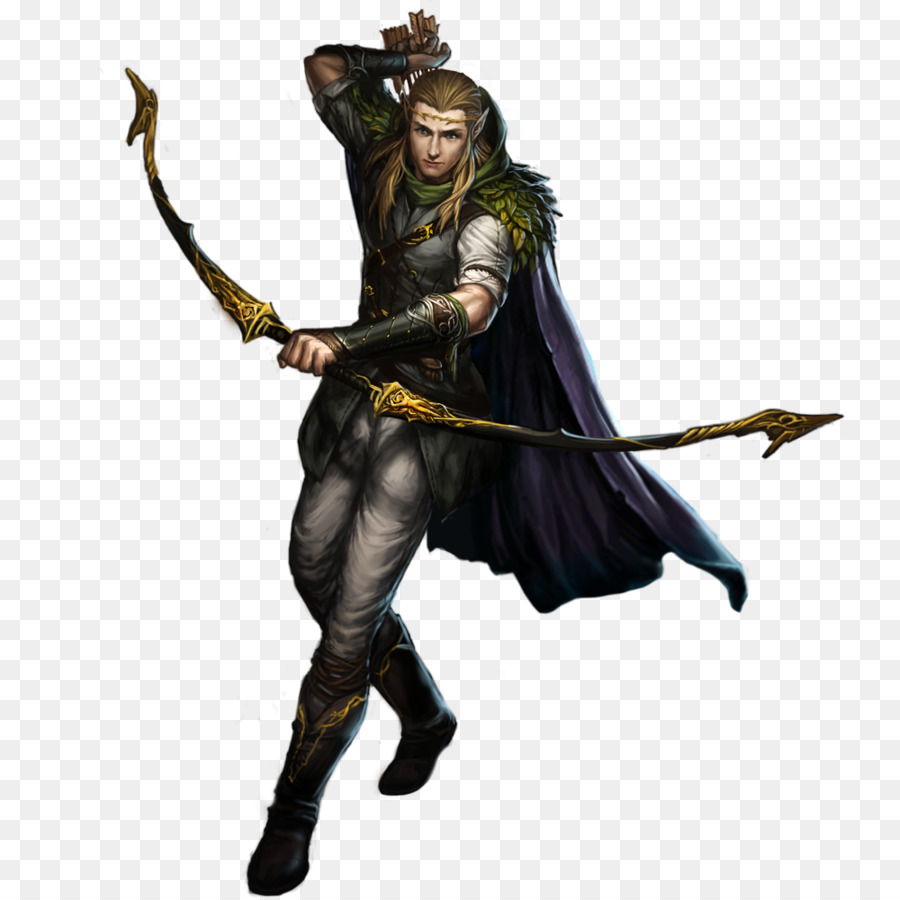
Rangers in Dungeons and Dragons
Rangers in all editions are outdoor survivalist types. They will adventure with others but they are just as happy being alone. They are able to survive in places where others might not. They are comfortable in places where non rangers would be highly uncomfortable. They are in tune with nature. And they are likely to be found in the company of druids or rangers instead of others.
Many sources have been claimed to be the inspiration of the ranger class. Obviously the Aragorn reference at the beginning of this article is the primary inspiration. But in the 2nd edition PHB other sources were mentioned including Robin Hood and others.
What you can be sure of is that a ranger is likely to see you coming before you see him or her. This is especially true in the wilderness. The wilderness is their home. Be mindful of it before setting fires or burning trees. You might find an arrow in your back if you are not careful.
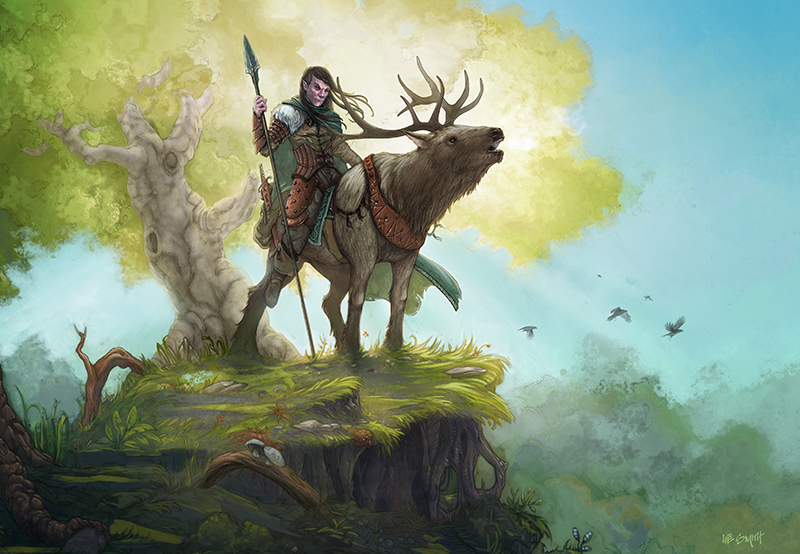
Other Class Articles
If you enjoyed this article then you may enjoy some of the others in this series:
- Druids in Dungeons and Dragons
- Paladins in Dungeons and Dragons
- Monks in Dungeons and Dragons
- Illusionists in Dungeons and Dragons
- Bards in Dungeons and Dragons
